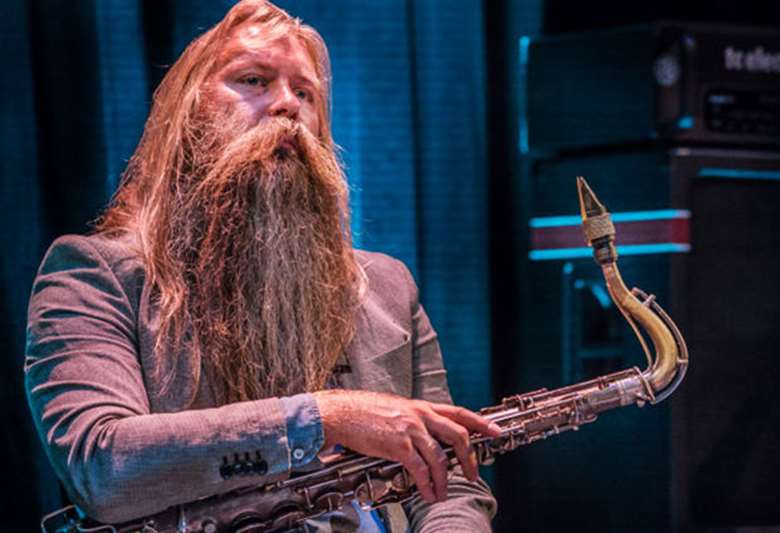Saxophonist Trygve Seim shines at Oslo Jazz Fest
Thursday, August 25, 2016
A fascinating ‘off-piste’ event at this densely packed six-day programme is a visit to Rainbow studio in an unprepossessing suburb of the Norwegian capital.


Register now to continue reading

Thank you for visiting Jazzwise.co.uk. Sign up for a free account today to enjoy the following benefits:
- Free access to 3 subscriber-only articles per month
- Unlimited access to our news, live reviews and artist pages
- Free email newsletter